- In just over a month, Lang Son, along with the whole country, will enter the official operation phase of the new commune-level administrative units (AUs) after the merger. To ensure this process goes smoothly, all levels and sectors of the province have been proactively and resolutely implementing the work of reviewing and developing plans to handle public assets.
Implementing the direction of the Provincial People's Committee and the guidance of the Department of Finance, 11/11 districts and cities in Lang Son have simultaneously deployed the work of reviewing, synthesizing and developing plans to arrange, allocate and handle public assets. The People's Committees of districts and cities have directed specialized agencies to promptly take action, ensuring accuracy and efficiency.
Loc Binh is one of the districts actively taking the lead in this work. The district People's Committee has directed the review and development of detailed plans for 31 agencies and units. Mr. Hoang Hung Cuong, Vice Chairman of the Loc Binh District People's Committee, emphasized: This is a key task, deciding the success of the commune merger. The district has focused on human resources, ensuring publicity, transparency, and compliance with regulations, with a plan to handle assets based on the principles of inheritance, effective use, and avoiding waste.
After reviewing, Loc Binh has 56 houses and land that need to be arranged, of which the District People's Committee has developed a plan to hand over 46 houses and land to 7 new commune-level administrative units and identified 10 surplus houses and land. The surplus assets will be handed over to the commune-level administrative unit where the new headquarters is located for management and handling according to regulations.
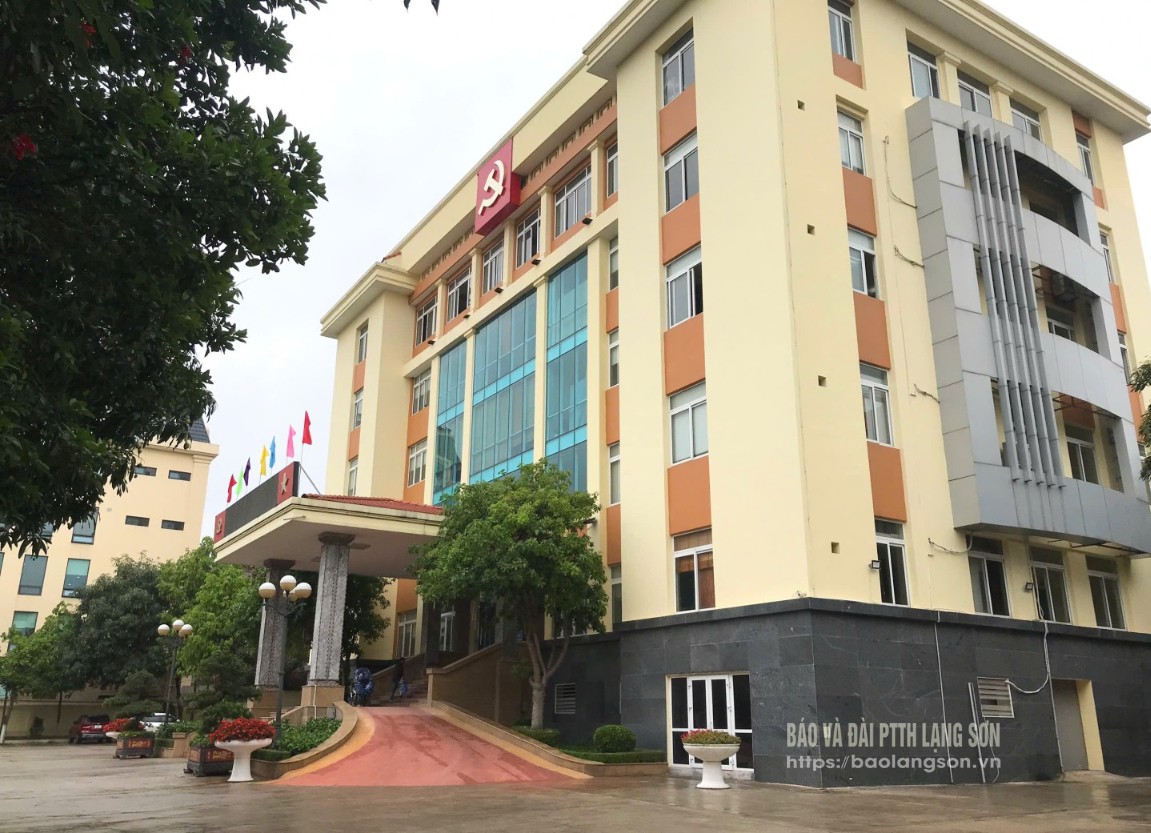
Based on the review, the remaining districts and cities in the province have also developed a detailed and scientific plan to handle public assets. For commune-level administrative units, the plan focuses on arranging and setting up existing offices and facilities to serve the new administrative unit after the merger. For district-level specialized agencies and units, assets are common office machinery and equipment arranged according to civil servants transferred to work; assets serving general activities are assigned and allocated to new commune-level administrative units in need.
According to the instructions of the superiors, in the process of handling public assets, districts and cities pay special attention to the efficiency of use and avoiding waste. Surplus assets that are not in immediate need of use are strictly managed and have preservation plans to avoid damage. At the same time, the transfer and liquidation according to the law are also taken into account to recover resources for the State.
Ms. Nguyen Anh Yen, Deputy Director of the Department of Finance, said: After the districts and cities completed their reports, the Department actively coordinated with relevant departments, branches and the People's Committees of districts and cities to appraise, synthesize and complete the general report of the province. Currently, the Department of Finance is completing the general summary report to submit to the Provincial People's Committee; at the same time, conducting advisory work to submit to the People's Committee for approval of plans, creating a legal basis for the establishments to implement before July 1, 2025. The Department of Finance highly appreciated the initiative and positivity of relevant agencies and units, and will continue to closely coordinate to guide, remove difficulties, ensure progress and quality of work.
According to the Department of Finance, up to now, the whole province has over 530 properties which are houses and land that are subject to rearrangement. According to the handling plan, 415 houses and land will be assigned to agencies, organizations and units after the rearrangement and there will be 122 surplus houses and land. Regarding vehicles, a total of 81 vehicles (58 cars and 23 specialized vehicles) have also been planned to be arranged for the new commune-level administrative units.
Regarding machinery, equipment and other assets, 11 districts and cities have also compiled detailed summaries. Accordingly, district-level assets such as common machinery, equipment, shared equipment, tools and instruments will be retained for the commune-level administrative units after the rearrangement; surplus machinery and equipment belonging to houses and land will be utilized to allocate to new grassroots administrative units after the rearrangement in the district. Machinery and equipment for personal use will be transferred according to cadres, civil servants and public employees. In case of large surplus, the district-level People's Committee will report to the Department of Finance to consider transferring from places with surplus to places with shortage, limiting the need to purchase new assets. For commune-level assets, shared assets will be handed over in their original state to the new administrative units after the rearrangement; machinery and equipment for personal use will be transferred according to cadres and civil servants.
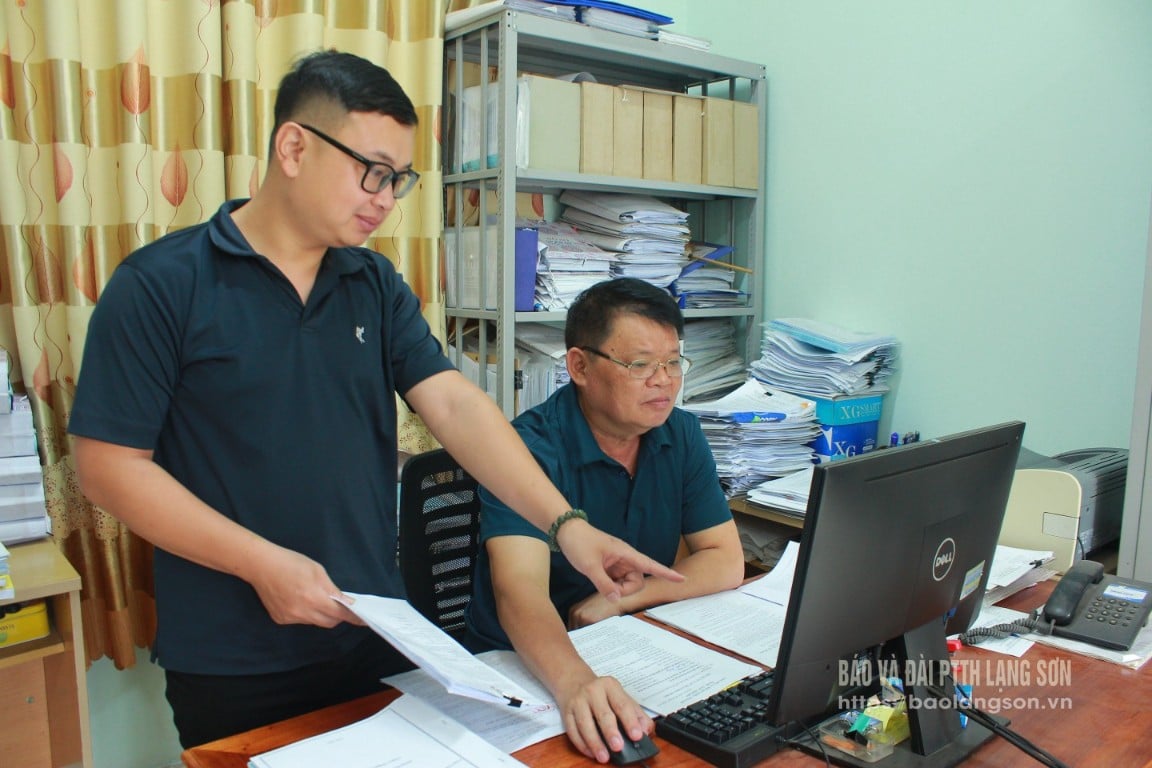
The review and development of a plan to handle public assets before merging communes is of key importance, ensuring that new administrative units have stable facilities, avoiding interruptions in operations, creating a solid foundation for the new administrative apparatus to operate smoothly, serving the people better after July 1, 2025. At the same time, it helps to effectively manage state assets, prevent loss and waste. The above results are also due to the efforts of the staff directly doing the inventory and review of assets at the grassroots level. They have overcome many difficulties and hardships to complete the assigned tasks.
Ms. Nguyen Thi Hien, an expert of the Finance and Planning Department of Huu Lung district, shared: Because this work requires quick and accurate time, while the inventory of assets must be very meticulous, requiring accuracy and carefulness. That is why in recent days, we have had to work late at night or take advantage of overtime to review each type of asset of each agency and unit from the district to the commune level. From there, we discussed, agreed and developed a plan to handle assets in a reasonable and correct manner, in accordance with regulations to ensure progress and meet the requirements of the newly merged commune-level administrative unit.
From July 1, 2025, the new commune-level administrative unit will officially come into operation. In the coming days, there are still many contents and tasks related to the review, arrangement, and handling of public assets ahead, so it requires synchronous coordination between levels and sectors, consensus of the people and flexibility in solving problems that may arise.
Source: https://baolangson.vn/dong-loat-ra-soat-xay-dung-phuong-an-xu-ly-tai-san-cong-truoc-khi-sap-nhap-xa-5047292.html




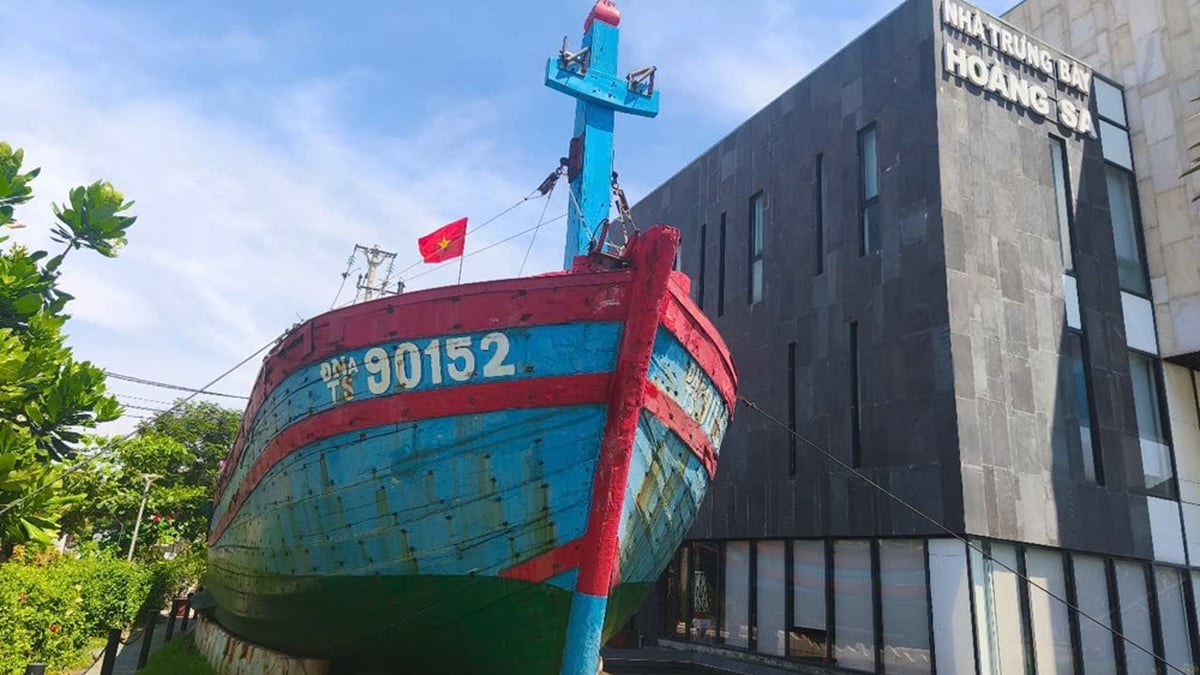
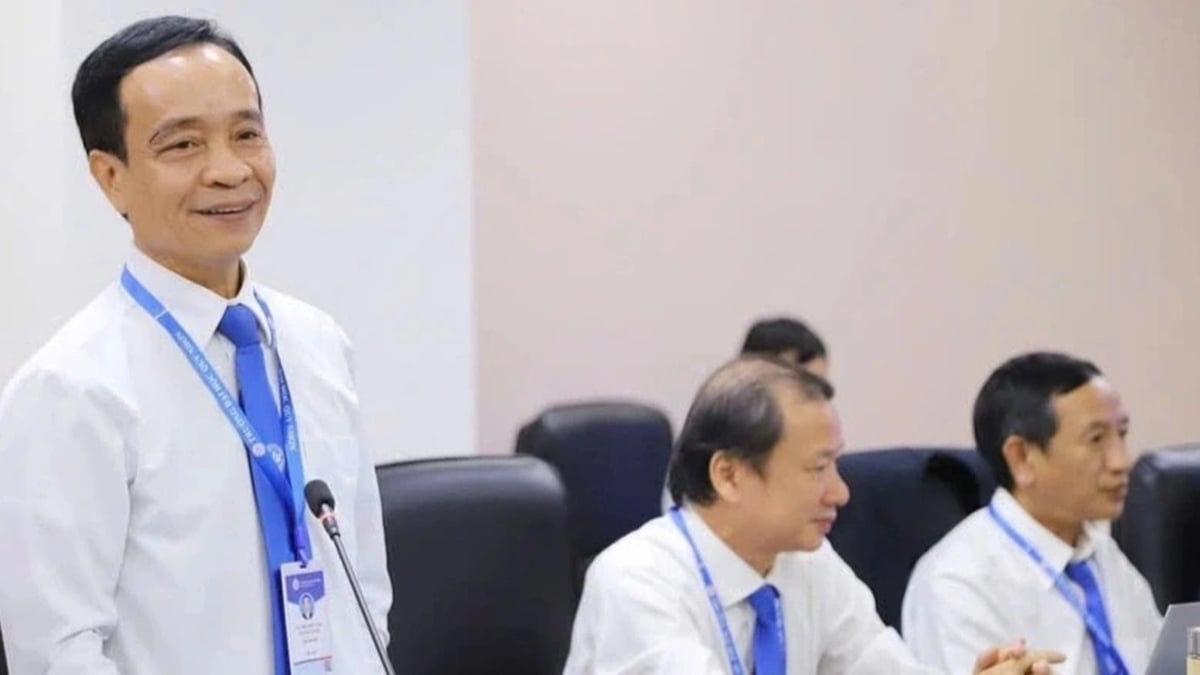

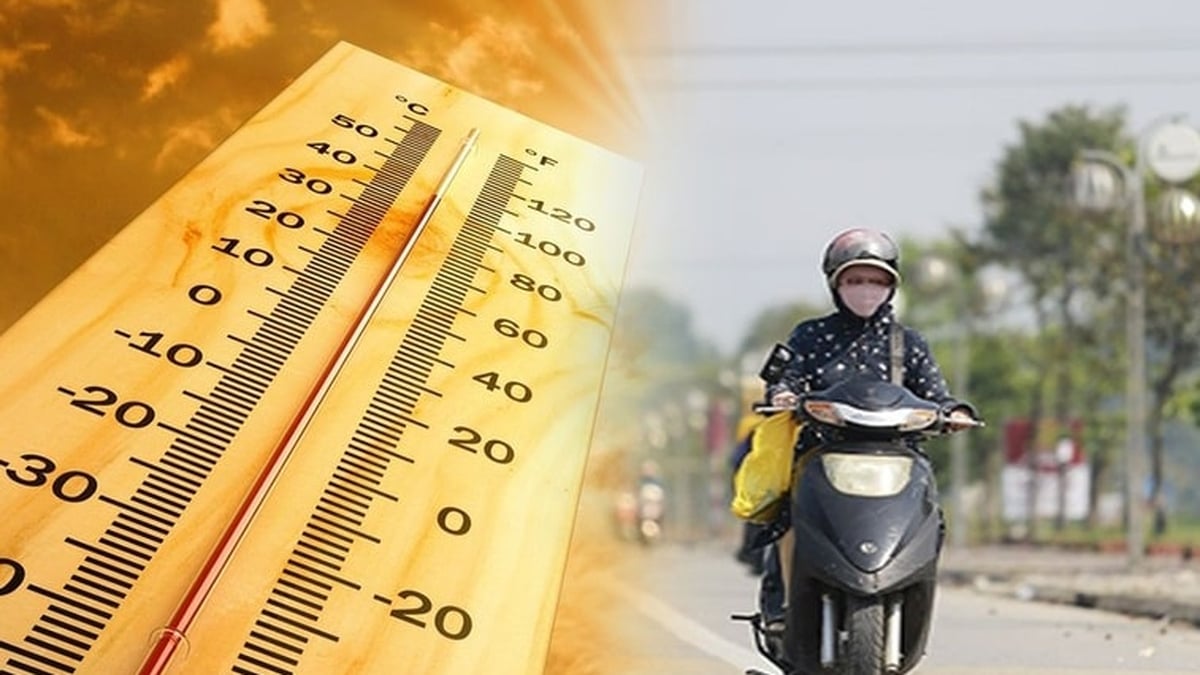












































![[Maritime News] More than 80% of global container shipping capacity is in the hands of MSC and major shipping alliances](https://vphoto.vietnam.vn/thumb/402x226/vietnam/resource/IMAGE/2025/7/16/6b4d586c984b4cbf8c5680352b9eaeb0)













































Comment (0)